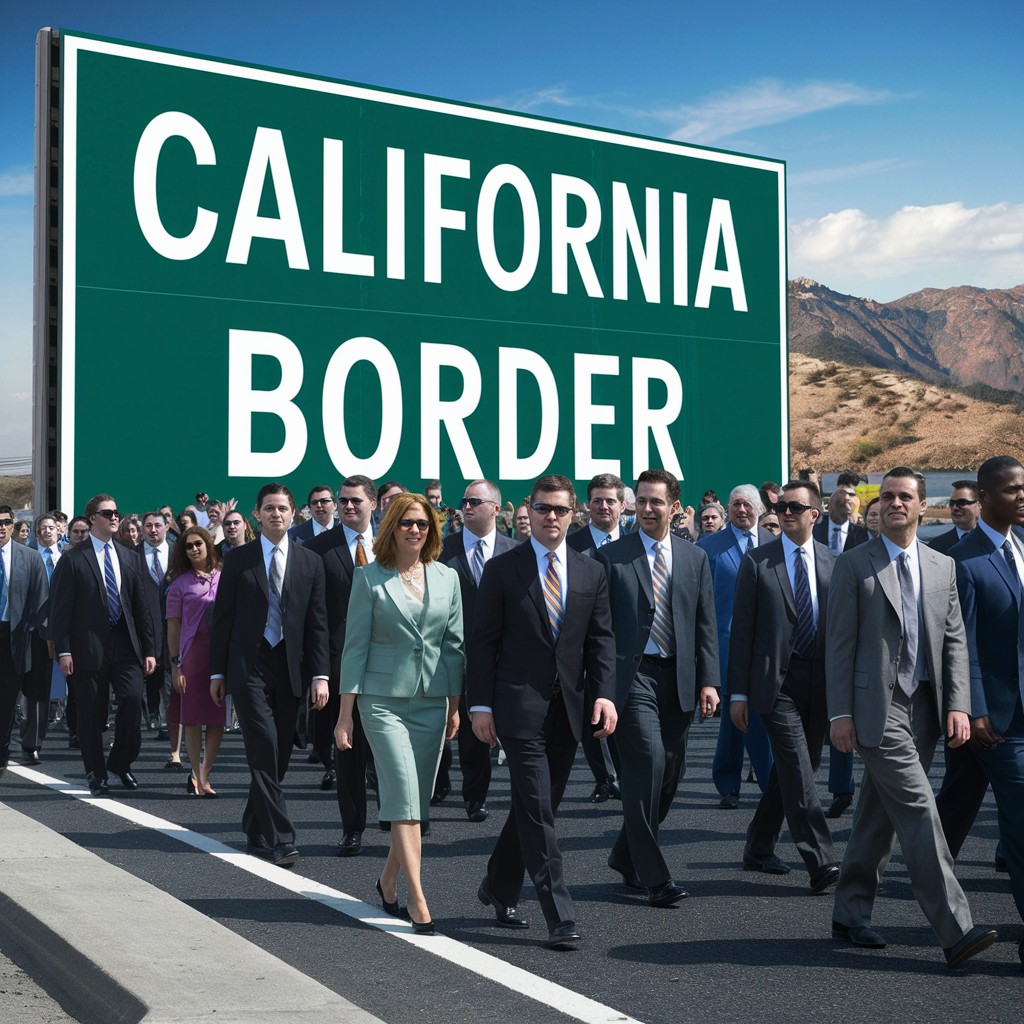What’s Happening
Rarely has a potential change in tax law affecting so few taxpayers attracted as much attention as California’s 2026 Billionaire Tax Act. By definition, the proposed legislation, which takes the form of a ballot initiative subject to a popular vote, only applies to the rarified demographic of taxpayers with a net worth of a billion dollars or more, who are residents of California in a single tax year. That number is around two hundred and fifty individuals, at most, out of a state population approaching 40 million.
But of course, this proposed tax change reflects deeper political and economic conflicts at a national level, and marks a possible turning point in the Silicon Valley tech ecosystem.
This article doesn’t focus on the politics or tax policies of the BTA, but rather how California residency rules might affect the small number of high net worth individuals who may attempt to plan around it. If the measure gets a majority vote in November, the BTA has a retroactive “tax obligation date” of January 1, 2026, just a few short months after it was proposed. That means any billionaire who was a California resident on that date is subject to the tax (if it passes). But a much larger number of Silicon Valley founders and key employees find themselves in the same boat for different reasons under California’s general residency rules: the prospect of large income tax savings by changing residency at the last minute before an impending acquisition or IPO is finalized. The BTA may only affect a few individuals, but it represents a major issue of residency tax planning writ large: how do you change residency with an imminent taxable event about to touch down. It isn’t easy, though it can be done, with proper planning and the understanding of the details for changing residency by a specific date.
But first some background on how we got here. Continue reading
 California Residency Tax Planning
California Residency Tax Planning











